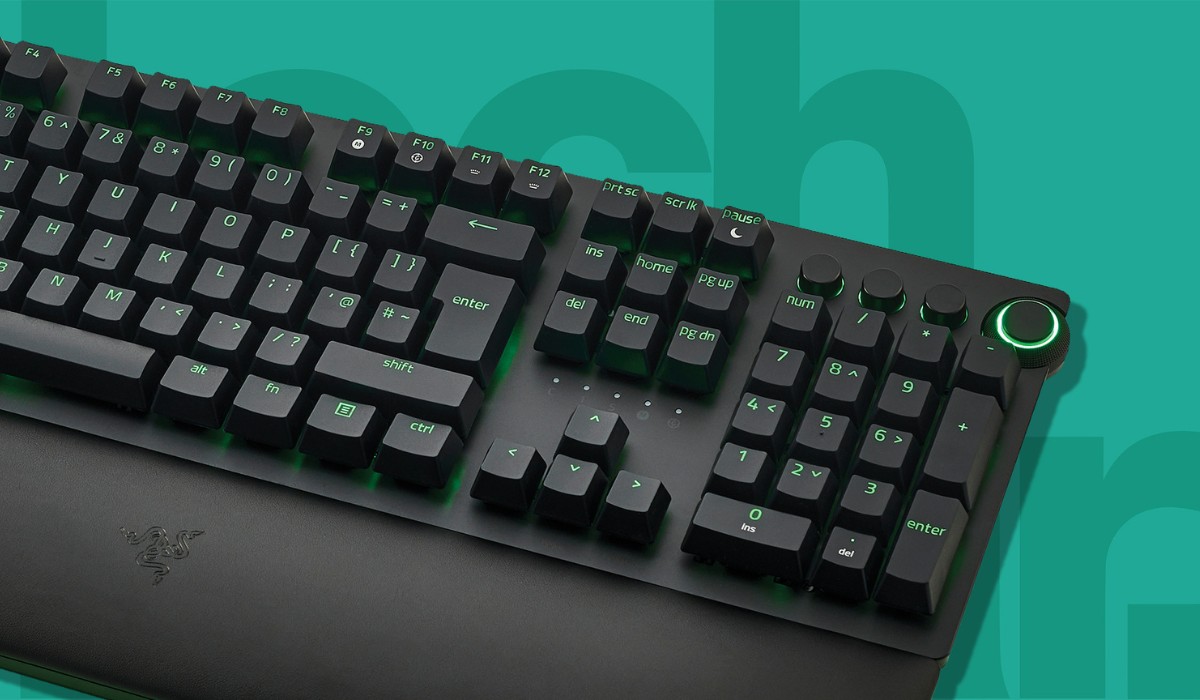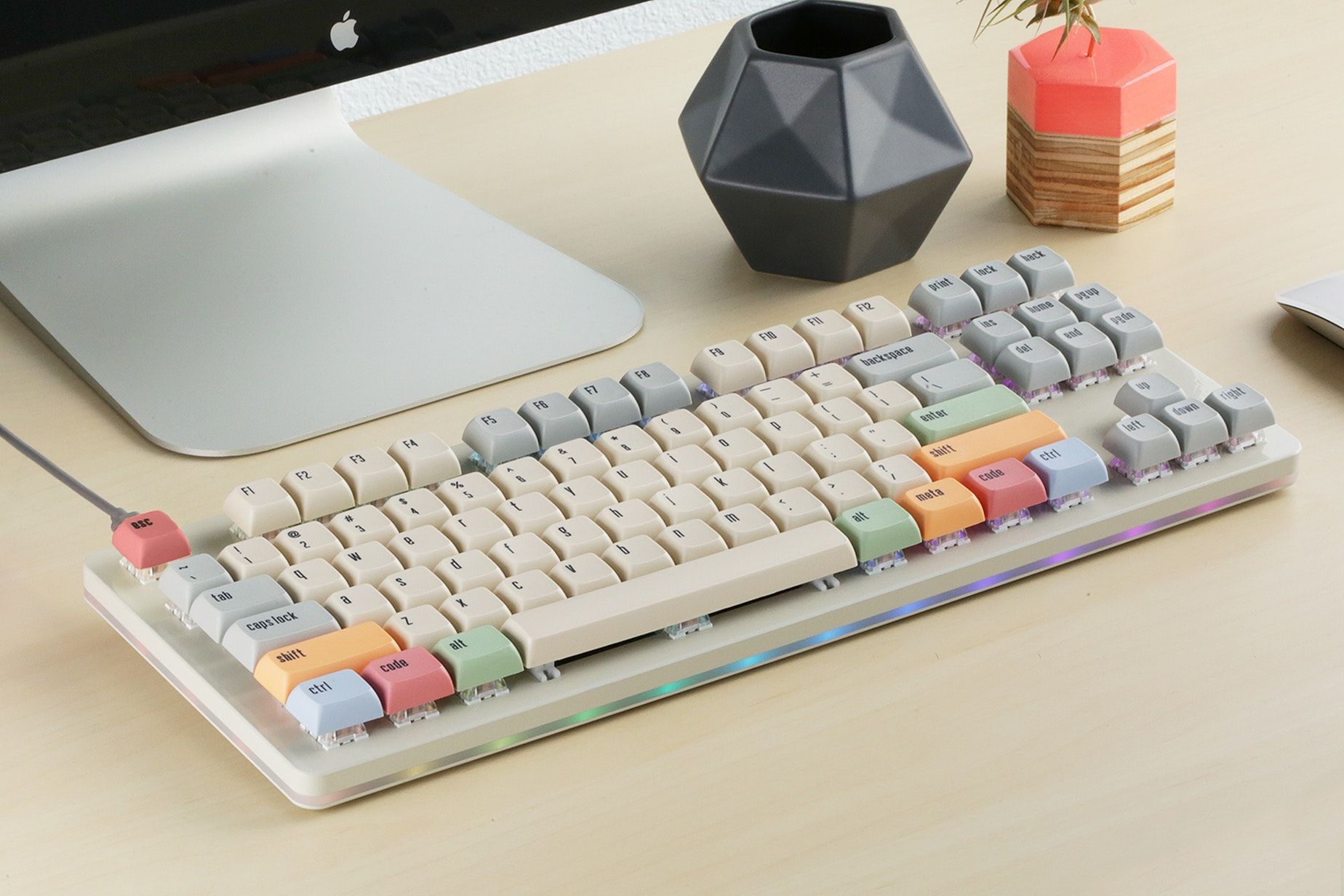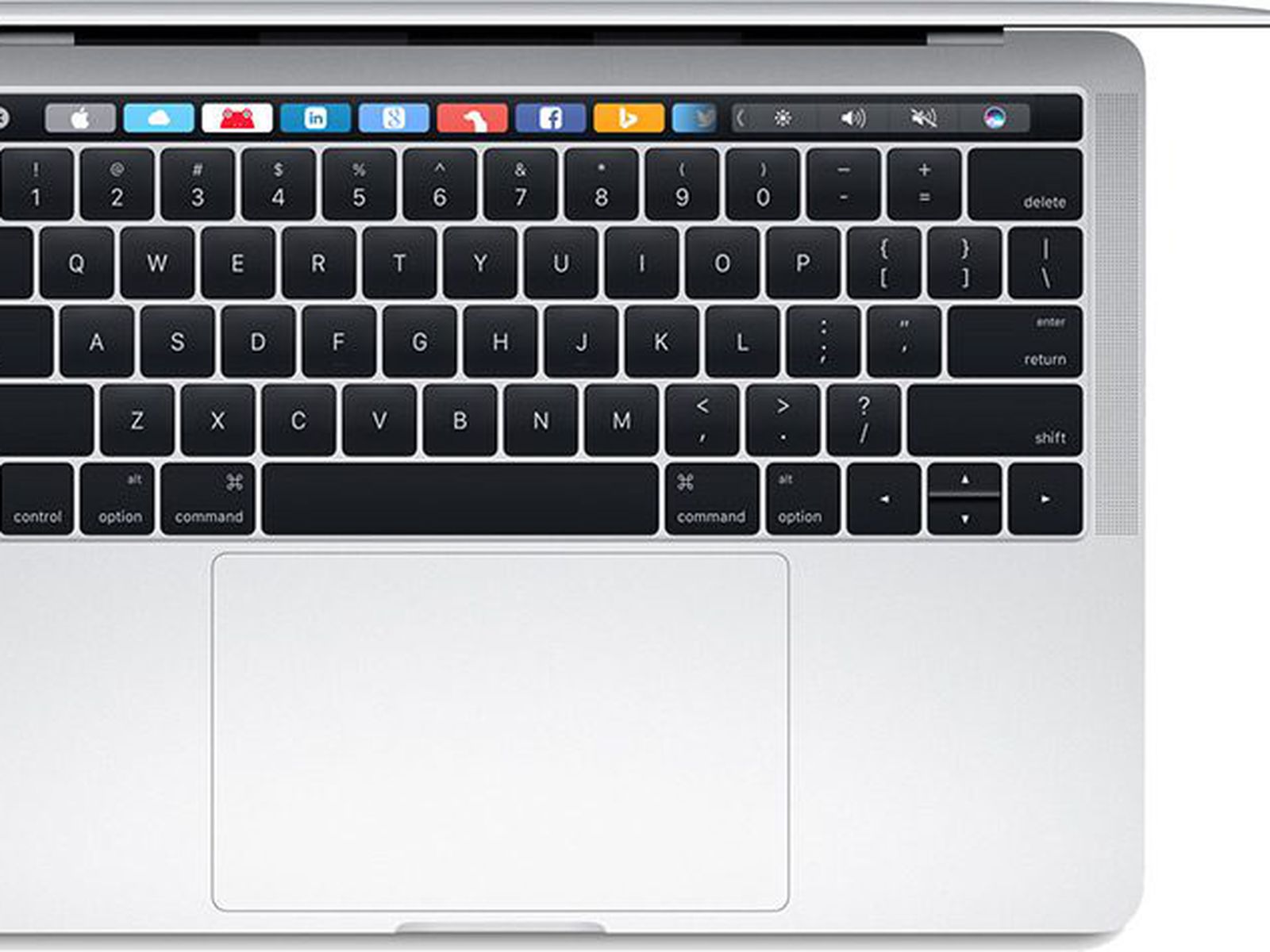Introduction
Understanding the Importance of Response Time in Mechanical Keyboards
When it comes to choosing a mechanical keyboard, one of the crucial factors to consider is the response time. The response time of a keyboard refers to the duration it takes for a keystroke to be registered by the computer after the key is pressed. This aspect is particularly significant for individuals who engage in fast-paced typing or gaming activities, where split-second precision can make a substantial difference in performance.
In the realm of mechanical keyboards, the response time plays a pivotal role in determining the overall user experience. A swift and accurate response time can significantly enhance typing efficiency, gaming performance, and overall user satisfaction. As such, understanding the nuances of response time, how it is measured, and the factors influencing it is essential for making informed decisions when selecting a mechanical keyboard.
In this comprehensive guide, we will delve into the intricacies of response time in mechanical keyboards, exploring the methods for measuring it, the factors that can impact it, and the significance of this aspect in the realm of keyboard technology. By the end of this article, you will have a clear understanding of how to evaluate and discern the response time of a mechanical keyboard, empowering you to make an informed choice that aligns with your specific needs and preferences. Let's embark on this enlightening journey to unravel the mysteries of response time in mechanical keyboards.
Understanding Response Time in Mechanical Keyboards
Response time, in the context of mechanical keyboards, is a critical metric that directly influences user experience. It encompasses the duration between the physical act of pressing a key and the corresponding action being registered by the computer. For individuals engaged in gaming, programming, or any activity reliant on rapid and precise keystrokes, a swift and accurate response time is imperative.
When a key is pressed on a mechanical keyboard, the switch mechanism undergoes a series of intricate movements. These movements culminate in the completion of an electrical circuit, signaling the computer to register the keystroke. The response time is the measure of the time taken for this entire process to transpire. A shorter response time indicates a more instantaneous registration of the keystroke, contributing to enhanced user performance and satisfaction.
It is important to note that the response time of a mechanical keyboard is not solely dependent on the physical switch mechanism. The keyboard’s firmware, the interface it is connected to, and the computer’s processing capabilities also play integral roles in determining the overall response time. As such, a holistic understanding of response time necessitates considering the interplay of hardware and software components.
Moreover, the significance of response time extends beyond mere keystroke registration. In the realm of gaming, particularly in competitive eSports, a fraction of a second can delineate victory from defeat. A keyboard with swift response time can provide players with a competitive edge, enabling them to execute commands with unparalleled speed and precision.
Furthermore, in professional settings such as programming or data entry, a responsive keyboard can amplify productivity by minimizing input lag and ensuring that every keystroke is accurately captured. This can translate to tangible efficiency gains and a more seamless workflow.
Understanding the intricacies of response time in mechanical keyboards is pivotal for individuals seeking to optimize their typing or gaming experiences. By comprehending the underlying mechanisms and the factors influencing response time, users can make informed decisions when selecting a keyboard that aligns with their specific requirements and preferences.
Methods for Measuring Response Time
Measuring the response time of a mechanical keyboard involves employing various methodologies to assess the speed and accuracy of keystroke registration. These methods provide valuable insights into the performance of the keyboard and enable users to make informed decisions based on their specific usage requirements.
One common approach to measure response time is through the utilization of specialized software designed to capture and analyze keystroke input. These software applications, often referred to as input lag testers, generate precise metrics regarding the time elapsed between key actuation and computer recognition. By conducting controlled tests using these tools, users can ascertain the average response time of a keyboard under specific conditions, shedding light on its performance characteristics.
Another method involves leveraging high-speed cameras or slow-motion recording devices to visually capture the actuation of keys and the subsequent response on the computer screen. By meticulously analyzing the footage frame by frame, researchers and enthusiasts can glean insights into the temporal aspects of keystroke registration, providing a qualitative understanding of the keyboard’s response time.
Furthermore, some manufacturers and independent reviewers conduct standardized testing procedures to evaluate the response time of mechanical keyboards. These tests often involve simulating real-world usage scenarios, such as rapid typing or gaming sequences, to gauge how effectively the keyboard registers keystrokes under dynamic conditions. The results of these tests are instrumental in benchmarking the response time of different keyboard models and facilitating comparative assessments.
It is important to note that response time measurement methods may vary in their precision and applicability to real-world usage. As such, individuals seeking to assess the response time of a keyboard should consider employing a combination of quantitative and qualitative approaches to obtain a comprehensive understanding of its performance characteristics.
Ultimately, the methods for measuring response time serve as invaluable tools for evaluating the responsiveness and accuracy of mechanical keyboards. By leveraging these methodologies, users can make informed decisions when selecting a keyboard that aligns with their specific usage scenarios, whether it be for gaming, professional tasks, or general typing activities.
Factors Affecting Response Time
The response time of a mechanical keyboard is influenced by a myriad of factors, spanning from the intricacies of the switch mechanism to the intricacies of the underlying hardware and software. Understanding these factors is crucial for discerning the performance characteristics of a keyboard and making informed decisions when selecting one that aligns with specific usage requirements.
Switch Type: The type of switch employed in a mechanical keyboard significantly impacts its response time. Switches, such as Cherry MX Speed Silver and Razer Optical switches, are engineered to minimize actuation and reset distances, resulting in rapid keystroke registration. Conversely, switches with heavier actuation forces and longer travel distances may exhibit comparatively slower response times.
Firmware Optimization: The firmware of a mechanical keyboard plays a pivotal role in dictating its response time. Well-optimized firmware can minimize input latency and ensure swift and accurate keystroke registration. Manufacturers often fine-tune the firmware to enhance the keyboard’s responsiveness, making it imperative to consider the quality of firmware optimization when evaluating response time.
Interface and Connectivity: The interface through which the keyboard is connected to the computer, such as USB, PS/2, or wireless protocols, can influence its response time. Additionally, the quality of the keyboard’s internal processing and the integrity of the connection interface can impact the speed at which keystrokes are transmitted and recognized by the computer.
Key Stabilization and Construction: The stability and construction of individual keys in a mechanical keyboard can affect response time. Keys with robust stabilization mechanisms and efficient construction are less prone to wobbling or inconsistent actuation, contributing to a more consistent and predictable response time across the keyboard.
Debouncing Algorithms: Debouncing algorithms are employed to mitigate signal noise and ensure that each keystroke is accurately registered without unintended duplicate inputs. The efficiency of the debouncing algorithm utilized in a mechanical keyboard can influence its response time and the precision of keystroke recognition.
Environmental Factors: Environmental conditions, such as temperature and humidity, can indirectly impact the response time of a mechanical keyboard. Extreme temperatures or high levels of humidity may affect the performance of the keyboard’s components, potentially influencing its response time under adverse conditions.
By comprehending the multifaceted factors affecting response time in mechanical keyboards, users can navigate the diverse array of available options with a discerning eye. Considering these factors in conjunction with specific usage requirements enables individuals to make well-informed decisions when selecting a mechanical keyboard that aligns with their preferences and performance expectations.
Conclusion
As we conclude this exploration into the realm of response time in mechanical keyboards, it becomes evident that this aspect holds profound significance in shaping the user experience. The swift and accurate registration of keystrokes not only enhances typing efficiency and gaming performance but also contributes to overall user satisfaction.
Throughout this guide, we have delved into the intricacies of response time, elucidating its impact on various user activities and the factors that influence it. From the nuances of switch types and firmware optimization to the role of key stabilization and environmental factors, the multifaceted nature of response time necessitates a holistic understanding when evaluating mechanical keyboards.
For individuals seeking to optimize their typing, programming, or gaming experiences, the methods for measuring response time serve as invaluable tools for assessing the performance characteristics of different keyboard models. By leveraging these methodologies, users can make informed decisions when selecting a keyboard that aligns with their specific usage scenarios, ensuring that it meets their performance expectations.
It is crucial to recognize that the pursuit of an optimal response time is inherently intertwined with individual preferences and usage requirements. What may constitute an ideal response time for a competitive gamer may differ from the preferences of a professional typist or programmer. As such, the quest for an ideal mechanical keyboard encompasses a personalized journey that hinges on understanding one’s unique needs and performance expectations.
Ultimately, the insights garnered from this comprehensive guide empower individuals to navigate the diverse landscape of mechanical keyboards with discernment and clarity. By considering the nuances of response time and its interplay with various factors, users can make informed decisions that culminate in an enriched and tailored user experience, whether in the realm of gaming, professional tasks, or general typing activities.
As technology continues to evolve and redefine the boundaries of user interaction, the quest for optimal response time remains a cornerstone of the user experience. By staying attuned to the dynamic landscape of keyboard technology and the factors influencing response time, individuals can embark on a journey of discovery, embracing the seamless fusion of precision, speed, and user-centric design in their mechanical keyboard experiences.











![Is The Razer Pro Type Ultra A Gamechanger? [REVIEW]](https://robots.net/wp-content/uploads/2022/06/razer-pro-type-ultra-featured-2-300x175.jpg)













